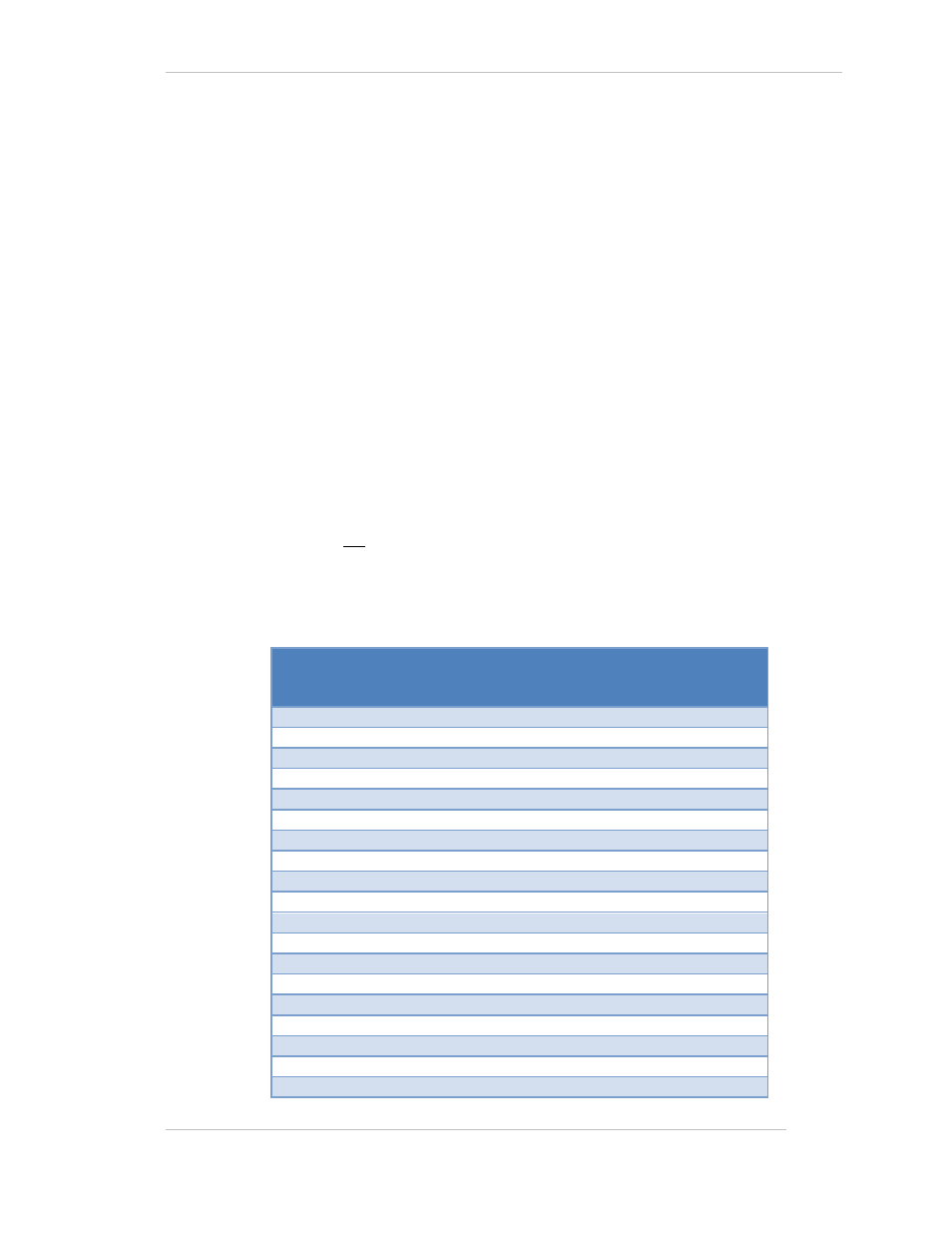Layer 5 acceleration - theory of operation, Figure 8-7 fx series tcp/udp ports table – Comtech EF Data FX Series Administrator Guide User Manual
Page 135

Comtech EF Data / Stampede
FX Series Administration Guide - Version 6.1.1
135
Chapter: FX Series Optimization Settings
Section: Layer 5 Application Policies
MN-FXSERIESADM6 Rev 5
The DSCP value: Specifies the ToS bits based on the binary value in the “DSCP value” field. DSCP is an
abbreviation for “Differentiated Services Code Points” and is described in more detail in the
RFC-2724
specification.
8.4.6 Layer 5 Acceleration - Theory of Operation
“Layer 5” acceleration provides optimization of communication protocols when a FX
Remote is installed at a branch in “in-line” mode. The FX Remote can then intercept and
optimize the traffic with additional capabilities such as dynamic data suppression and
traffic classification/prioritization. Most TCP based protocols can be accelerated with
this solution, however there are some exceptions:
FTP can only be accelerated when it is operating in “passive” mode. By default the ftp
function of the Internet Explorer operates in “active” mode and you must adjust an
advanced browser setting in order for Layer 5 to operate. Also the standard Windows
command line “ftp.exe” program only operates in “active” mode and therefore can’t be
accelerated by Layer 5.
Due to the nature of some TCP/IP based protocols; The Layer 5 acceleration techniques can
function however they do not provide significant benefit. For example:
o
The latest version of MS-Outlook/Exchange protocol is already highly compressed and
also there is an application level acknowledgement that takes place after every 17K
bytes which defeats the value of TurboStreaming. (MS-Outlook using the POP3/SMTP
protocols can derive great benefit from Layer 5 acceleration.)
o
Protocols that are encrypted (or already compressed) will not benefit from the product’s
Layer 5 compression but may benefit from the TurboStreaming.
The following table depicts a list of TCP and UDP ports used by well-known applications.
Application
TCP
/
UDP
Por
ts
CIFS
TCP
139,445
Citrix ICA
TCP/UDP
2598,1494
CVS
TCP
2401
DNS
UDP
53
FTP
TCP
20,21
Lotus Notes/Domino
TCP
1352
Lotus Sametime
TCP
1533
MS Remote Desktop Connection
TCP
3389
NFS
UDP
2049
Novel GroupWise
TCP
1677
NTP (Network Time Protocol)
UDP
123
POP3
TCP
110
SIP (Session Initiation Protocol)
TCP/UDP
5060,5061
SMTP
TCP
25
Telnet
TCP
23
TFTP
UDP
69
TurboGold Enterprise Edition
TCP
4916
VNC
TCP
5900
Windows Live Messenger (Voice)
TCP/UCP
6901
Figure 8-7 FX Series TCP/UDP Ports Table